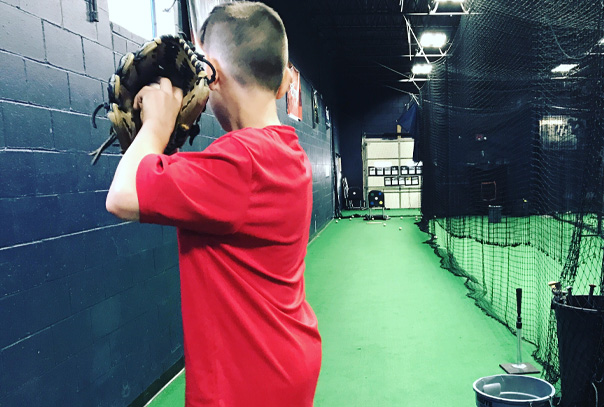 Establishing a routine for your bullpen environment is essential for developing young pitchers. Outlining your systems for the following items is time well spent:
Establishing a routine for your bullpen environment is essential for developing young pitchers. Outlining your systems for the following items is time well spent:
- Stretch times
- Band work, plyos and other “activation” methods
- Throwing drills, programs and routines
- Bullpen “etiquette” and expectations in terms of communication
Once you have a semblance of organization within your bullpen environment and your pitchers have thrown a few “onramp” pens on their own or with your team, it’s a good idea to individualize your sessions. This shows players that they are valued on an individual basis, gives them additional accountability for their development, and it gives you a chance as a coach to challenge your players who are on different levels. Establishing a pitch script is a great way to do this.
This is certainly not an original concept—I’m stealing from Butch Thompson here—but the general rules are simple. Encourage your players to list the pitches they would typically throw during a bullpen session, and trim that list to a total of 20, 30, whatever number of pitches you desire. Eventually you can decide to whittle that down even further, to 12 or 16. This is important for your starters, but it’s vital for your relievers, regardless of whether they’re already playing another position or not. Pre-scripting an in-game warmup routine goes a long way in adequately and confidently preparing your pitchers in a short amount of time.
The first step in developing a script for your pitchers is giving them some parameters with which to work. Examples of these parameters include establishing your fastball and your delivery from the stretch first, then working into off speed and, if applicable, the windup. Beginning any bullpen is like pregame warmups for basketball—start in the layup line first. Before we move to free throws and three pointers, your players need to see the ball go in the basket!
Another element of scripting your pitches is considering what to finish with. As mentioned earlier, beginning your routine in the stretch means that your pitchers that use a windup delivery will have to get that work in later. However, it is also a good idea for your pitchers (relievers especially) to finish their scripts in the stretch so they’re prepared to come into a game with runners on base. For example, if you are working with a 20-pitch script: six pitches from the stretch, eight from the windup, and six more from the stretch is one option. That way, when the script is whittled down to 12, you can just eliminate the pitches from the windup.
Have your players turn in their scripts and make sure that you approve of them before moving forward. Some things to consider:
- Make sure your players specify which pitches they throw from the windup, and which ones they throw in the stretch. Ensure that they are throwing all of their pitches in both deliveries, and include the slide step if necessary/possible.
- Throwing all of your pitches in sets (10 fastballs, five curveballs, five changeups) has a chance to develop some bad habits, alter arm angles, etc. Try to mix in off-speed pitches with the same frequency your guys use them in a game.
- Make sure that your pitchers are sticking with their strengths. There are always players who will be tinkering with new grips and pitches, but keep in mind this is a competitive bullpen that will prepare your pitchers to actually pitch in a game! This is not a “velo pen” or pitch design session (both of which are beneficial when utilized during the right time of year). If you are building up your staff to help your team win, you must hedge some bets at some point and “save your bullets” for the game.
Obviously you can set up bullpen sessions for extra work on the front or back end of the script. This could include a piece of the bullpen progression, a simulated inning, in-between inning pitches, etc. Having a good script plan for your pitchers removes any confusion over what they are throwing and when.
A detailed pre-performance (see “activation” above) routine can also help minimize some anxiety your players are likely feeling. If installed well, script routines will serve as a foundational piece for your pitching staff.